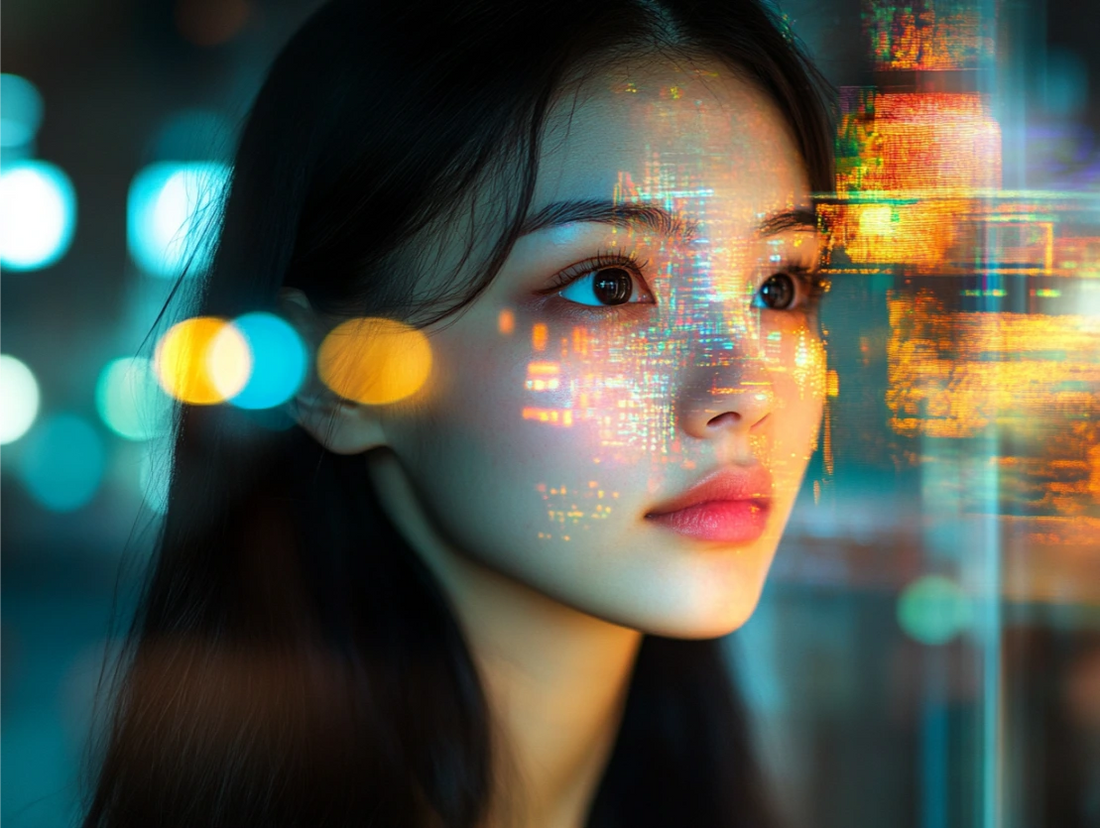
Navigating the Future of Consent in AI-Generated Erotic Content
Allen RoseShare
Synthetic sex, including AI in erotic content creation, comprises one of the rapidly growing audiences around the globe. In 2024, these genres will include such categories as AI porn, undressers, deepfakes, and AI sex chatting. Other examples are AI anime and hentai generators.
Of course, there would be ethical considerations: how would consent, ethics, and boundaries fit with these AI erotic content creators?
What Does Consent Mean in the World of AI?
In other words, consent is a human construct. It is defined as a clear, mutually obtained understanding by all parties to act in a certain way for the informed and willing participants of the said act. How does that translate to artificial intelligence?
It does not have any feelings whatsoever, let alone does it have any kind of consciousness. The algorithm and data are in complete control over its existence.
It cannot agree to or disagree with anything, much less how you use it. Where erotic content is made with the use of AI, consent would not involve the AI itself, so it’s a problem of ethics and the people involved.
Think about it, for example, with the creation of stories and pictures by AI. The smart algorithm doesn't know anything about the context of what is being done nor understand the difference between right and wrong as we people do.
Instead, it follows the pre-programmed directions without really having an authentic and autonomous understanding of what's happening. The ethical responsibility in such a case lies with the user alone.
Critical questions for ethical responsibility in this light include:
- Who may be affected by this content?
- Does the creation constitute respectful and lawful use?
- Will it directly or indirectly harm someone?
Consent in the AI space entails taking into consideration all possible human implications well in advance.
Can AI-Generated Contents Be Considered Ethical?
Can AI-Generated Contents Be Ethical? Let's break it down:
Positive, Creative Uses
Artificial Intelligence used within the bounds of creating consensual and respectful art, stories, or simulations opens creative avenues in innovative ways toward self-expression or storytelling. Those uses perfectly align with the purpose of this technology - that is, a creative tool.
Examples of these include Meta, Mid Journey, and Grok, which are great assistants to graphics designers.
Harmful and Exploitative Uses
The problem starts where the use of AI in creating harmful or non-consensual content begins.
For example, pictures or videos of real people are produced without their permission. Virtually, this is considered an infringement on privacy and tends to be very common in cases with celebrities at the top.
Another issue is AI deepfakes of a pornographic nature. It is the women in most of these videos who never gave any consent.
How scrupulously the ethics are violated here is quite obvious: with this content, reputations become destroyed, if it is used as some sort of revenge porn; emotional wounds appear, or even abusive behavior may arise.
AI's Capacity for Exploitation
This AI could now generate detailed, realistic content that depicted or closely approximated a visual of us. In contrast to the very positive uses of this technology above, be it for therapeutic or educational uses, it also has the capability for ill intention in that it can produce non-consensual or even harmful content.
Abusing AI Tools
Deepfakes, in explicit content without consent from the actual individuals, are an overt violation of ethics.
Normalization of Harmful Behaviors
It could lead to a situation where people get desensitized toward the unethical use of AI and involve the human mind in exploiting behavior.
Copyright Issues
Most of the material generated by AI creates a lot of confusion as to who retains the intellectual property rights for such works.
Privacy Violations
Explicit AI-generated content with real people without their consent is a complete and utter invasion of privacy; existing laws might fail to particularly capture these scenarios because of the newness of AI deepfakers and porn generators.
The Role of Users in Defining the Boundaries for AI Content Creation
AI is just a tool, a neutral platform for us. That says a great deal about the responsibility placed on individuals and organizations to define and uphold the boundaries involved in the use of AI in content generation.
We can take responsibility through the following:
Mindfulness of Our Actions
Everyone needs to consider their intentions and possible consequences before creating AI erotic content. For example, consider asking:
- Am I allowing privacy and the rights of others?
- Would this content cause harm if it were made public?
- Does it defy ethical and legal boundaries?
Setting Positive Examples
AI intended for respectful and consensual use offers some great examples of its potential as a creative and resource-saving tool.
AI-generated content, on the other hand, reflects the values and decisions that have been consciously considered by the people involved, especially when it comes to sensitive subjects like erotica. One should consider such things with a lot of caution and respect, considering ethics.
Deepfake Legislation
A few countries have started legislation to address the issues of non-consensual deepfakes. However, it is still an enforcing challenge since most of the users are anonymous, hiding under the vastness of the internet.
The Way Ahead: Creating an Ethical AI Future
Emphasis on ethics and consent will let this technology be leveraged in building a much safer digital space, respectful to all. Considering the fact that AI is nowadays showing up in our daily lives, focusing on consent and ethics in AI-generated content is now a priority.
We must all pull together to make sure that it serves humanity in a manner that upholds human dignity and the privacy of others - even when nobody is watching.
